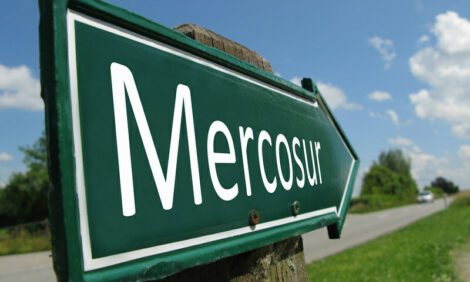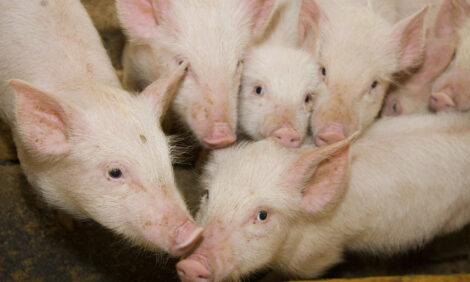



CME: Will Good Pork, Beef Demand Remain in 2015?
US - A major wild card for meat and livestock markets in 2015 will be demand. More specifically, the question will be whether the robust demand of the past two years will remain in place and to what degree, write Steve Meyer and Len Steiner.Last week’s trade data for November provided the last information needed to get a clear picture of just where demand was in November and the news, as has been the case for some time, was very, very good for the “red” meats with beef and pork showing large gains over last year and their respective 5-year histories. Consider:
- Real per capita expenditures for beef using the All Fresh beef price were up an astounding 16 per cent from one year ago. That’s the largest year? on?year increase this year and marks the fourth straight month of dou? ble?digit year?on?year growth. In addi?on, the month to month in? crease con?nues a counter?seasonal trend for beef demand that began in August. RPCE normally trends downward through the late summer and fall but not so this year.
- November’s All-Fresh RPCE of $23.15 (year-2000 dollars) was the high? est such figure since June 1991. The November figure is 34 per cent higher than just 5 years ago when the November 2009 RPCE was just $17.15.
- The same RPCE calculation using the Choice beef price (not shown here) depicts the same strong growth and counter-seasonal pattern but to a slightly smaller degree. This indicates that demand for Select and store-grade product has been strong — a logical conclusion since some consumers have likely substituted that product for more expensive Choice grade cuts. November RPCE using the Choice price was $24.42 in year 2000 dollars, 13.6 per cent higher than last year. November also marked the fourth straight month of double-digit growth for Choice beef.
- While recent results have not been quite as spectacular for pork as for beef, November’s RPCE calculations were more of the same: Steady and robust growth versus historical levels. November’s $13.74 in year-2000 dollars was 8.9 per cent larger than last year. That growth rate is slightly lower than the 11.4 per cent and 9.9 per cent of the past two months but healthy nonetheless. As can be seen, November almost always marks the seasonal high for pork RPCE due to high output/availability and few, if any, reductions in average retail prices.
- Both beef and pork RPCE have been driven primarily by the same factor: PRICE! Per capita pork consumption was sharply lower through August due to PEDv output reductions. It has been higher, year-on year since then as production has grown and exports have declined. Per cap beef consumption has trailed its year-earlier level in every month since April 2013. The November year-on-year change for per cap beef consumption was, in fact, the second smallest year-on-year change during that same period at –1.3 per cent . BUT THE PRICES OF THESE TWO PRODUCTS HAVE BEEN ROBUST indicating stronger consumer level demand.
So what is in store for this year? Chicken prices will be lower, pressuring both species. Pork prices will be lower, putting some additional pressure on beef demand. Consumer incomes appear to be rising with disposable personal income showing some signs of life and lower gasoline prices increasing the number of dollars available for other discretionary spending. But the key will be consumer preferences. Will the current interest in dietary protein and consumers’ new found comfort with animal fats continue? We think it is likely.









